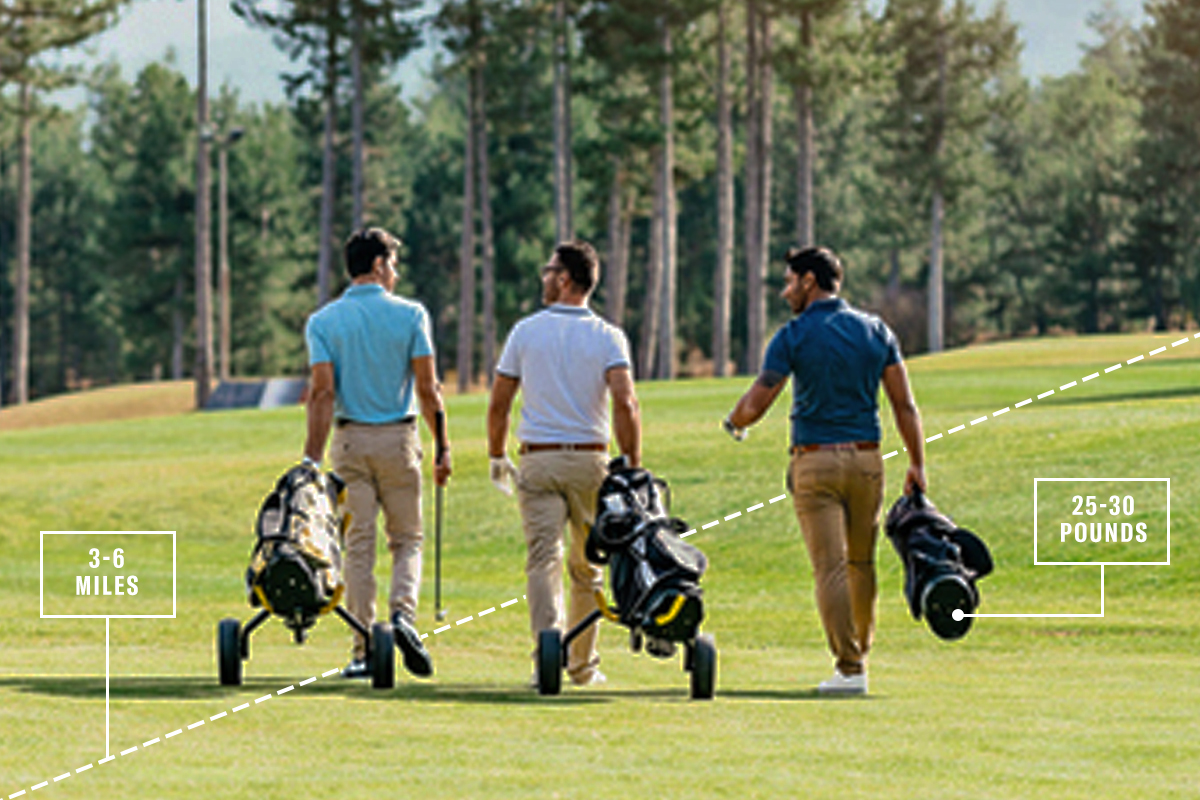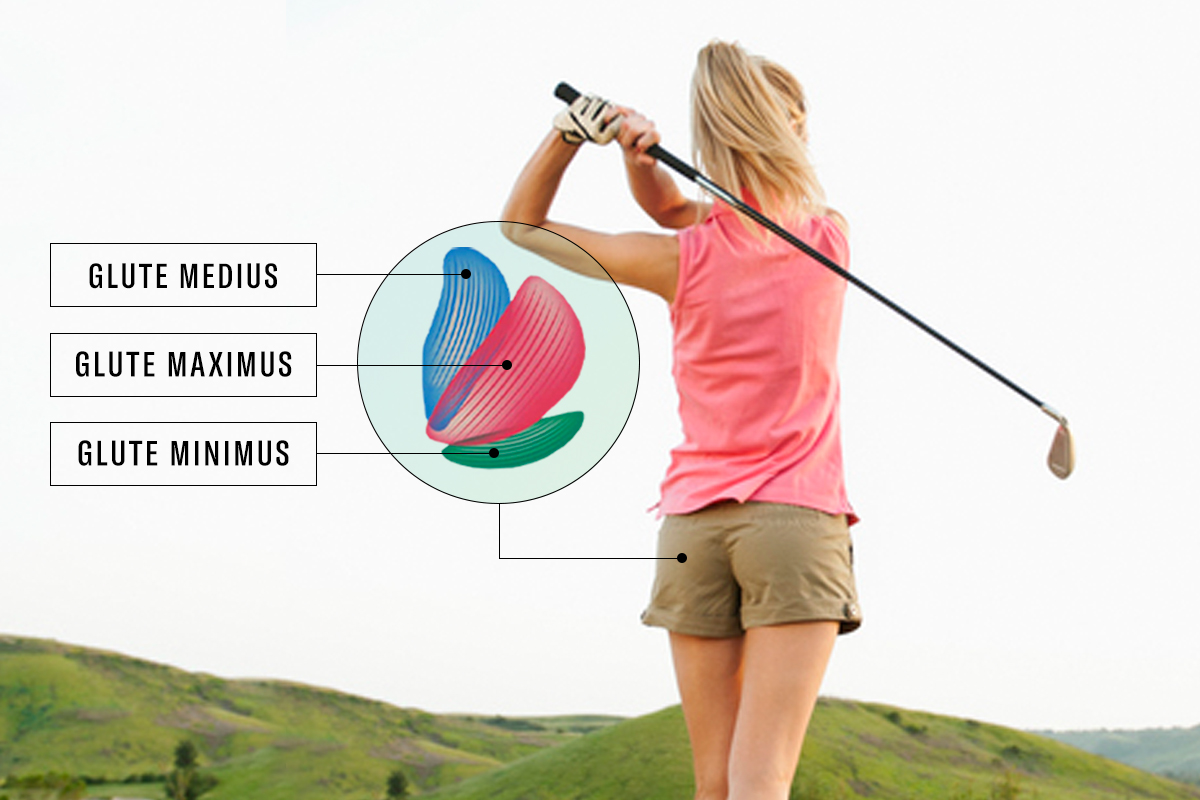Building more torque is the X Factor in golf. Here’s how to create it.
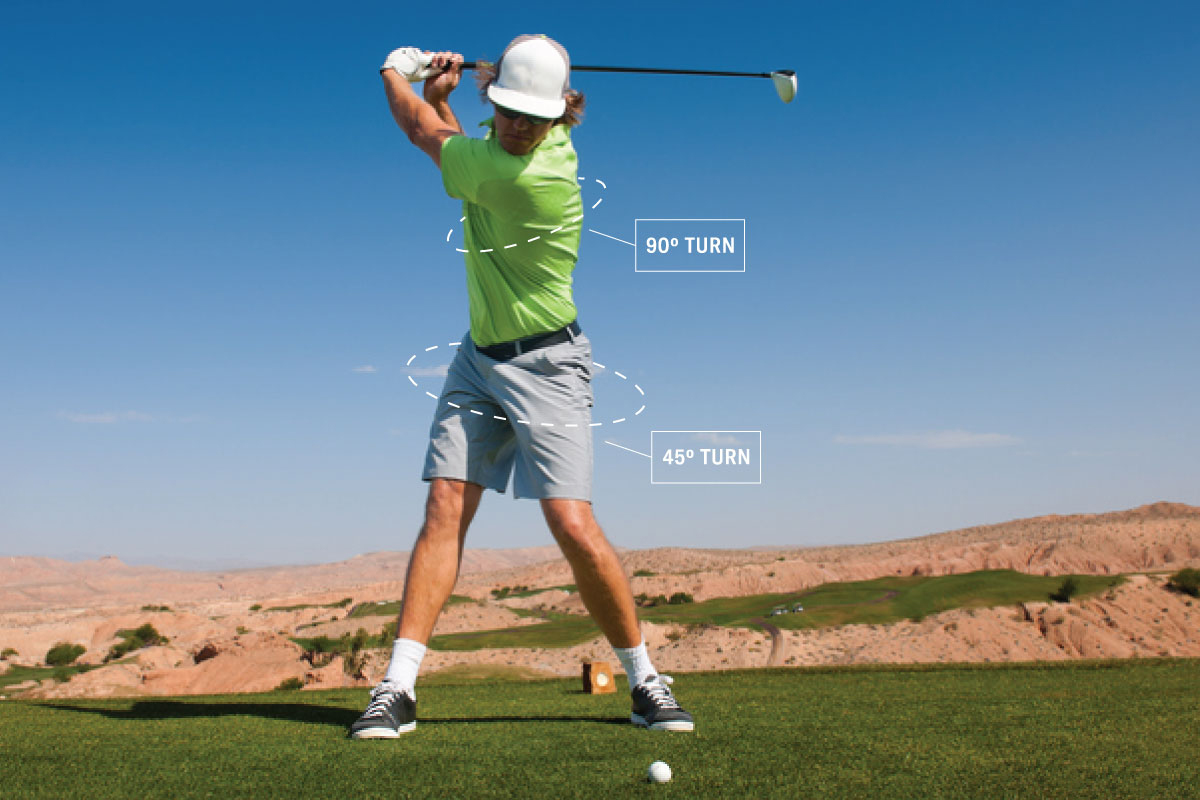
Watch a professional golfer drive the ball 300 yards, and you’ll be amazed at the ease with which they generate such power. Look more closely, and you’ll see their hips and shoulders working in opposition, coiling the golfer’s body like a spring. This separation of the hips and shoulders generates torque and is known as the X Factor. Understanding torque is the key to improving your X Factor (and thus, your golf swing).
How is X Factor Measured?
X Factor is measured at the top of the backswing, when the shoulders reach their maximum rotation. So, if your shoulders turn 90 degrees at the top of your backswing, and the hips have rotated 50 degrees, your X Factor is 40 degrees.
The average X Factor for a professional golfer is 42 degrees, according to the Titleist Performance Institute, so if you’re an amateur, your X Factor is likely smaller. Still, understanding how torque impacts the golf swing is the first step toward better utilizing it and increasing your own X Factor.
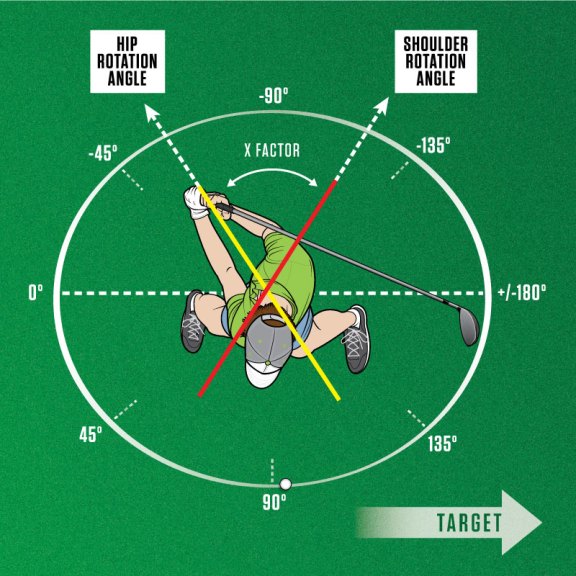
So What is Torque?
Torque is stored rotational energy. For golfers, the greater the disassociation between the hips and shoulders, the more torque you create, which translates directly to increased club head speed and distance.
In physics, torque is a measure of the twisting force that causes an object to rotate around an axis. It’s like a rubber band attached to a model airplane propeller, explains Tom House, PhD, an advisor with the Titleist Performance Institute. Imagine holding the propeller of a model airplane and winding up the rubber band. When you release the propeller, “the stored energy—or torque—in the rubber band makes the propeller move and the plane flies through the air,” House explains. “In the golf swing, your body is the rubber band.”
The further you can separate your hips and shoulders—which is the winding of the rubber band—and the longer you can hang onto that torque, the more power you will generate. When you do finally begin the downswing to release that stored energy, the energy explodes into the arms, golf club, and golf ball. But if you release the shoulders too soon, or if you begin your forward weight shift by moving the arms, you are not taking full advantage of torque.
How Does Torque Help Your Swing?
As with throwing a baseball or football, shooting a hockey puck, or any other rotational movement in sports, the movement isn’t just performed with the arms. Rather, the whole body is involved. The force generated as you shift your weight back during the back swing, and forward in the downswing, travels up the body, through the kinetic chain from the feet into the legs, hips, torso, shoulders and arms, and lastly, into the golf club.
Because everything happens in the proper sequence, elite golfers are able to transfer power from the ground up while maintaining balance and posture. This is why most pros don’t look like they’re swinging very hard, even though their club-head speeds are over 120 miles per hour. The torque generated in their swings allows them to generate more power with ease. Additionally, when you can increase the amount of torque in your swing with efficient hip and shoulder mobility, the lower back will not be pressed to absorb more force than it should, which can reduce injuries.
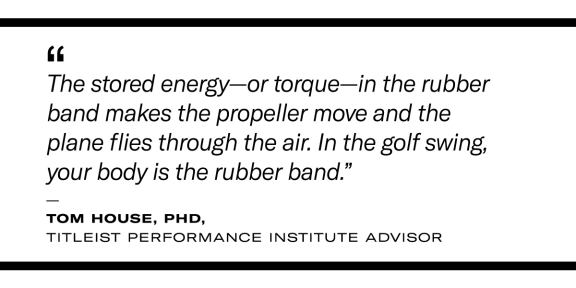
Why Swinging Harder Won’t Make the Ball Go Further
The vast majority of amateur golfers swing too hard to try to gain distance on their shots. Typically, when golfers think about swinging harder, they will engage the arms too early in their swing. This results in an inefficient, out-of-sequence swing, which can often cause the head of the club to hit the ground behind the ball, and bad shots, such as a dramatic slice from left to right (for a right-handed golfer).
“If you recruit movement or strength out of sequence, you will disrupt the timing of your swing, and the head of the golf club will not be in the proper place at impact,” House explains. “You can only recruit the arms to deliver the golf club to the ball after the kinematic sequence of feet, legs, hips, torso, and shoulders is complete.”
How to Increase Your X Factor
In order to increase hip and shoulder separation, you need functional strength to generate force from the ground up. You need sufficient mobility and stability in the hips, core, thoracic spine and shoulders. You also need enough body awareness to keep the shoulders from rotating until the hips—think your belt buckle—have rotated toward your target. Most highly skilled golfers will actually begin the forward rotation of their hips while the upper body continues to rotate backwards, further increasing their stored torque and their X Factor. You can train X Factor in the weight room or on Tonal by focusing on the same sequencing and weight transfer found in the golf swing during rotational exercises, such as rows and chops.
It is also important to note that everyone’s golf swing is unique, and some people have naturally shorter backswings than others, which would require them to have more mobility in the hips to create torque. The opposite is also true. If you have a long backswing with lots of shoulder rotation, you can get away with less mobility in the hips “You can create torque with big hip rotation and small shoulder rotation, equal hip and shoulder rotation, or small hip rotation and big shoulder rotation,” House says. But regardless of how torque is generated, mastering it will make the ball go farther.
